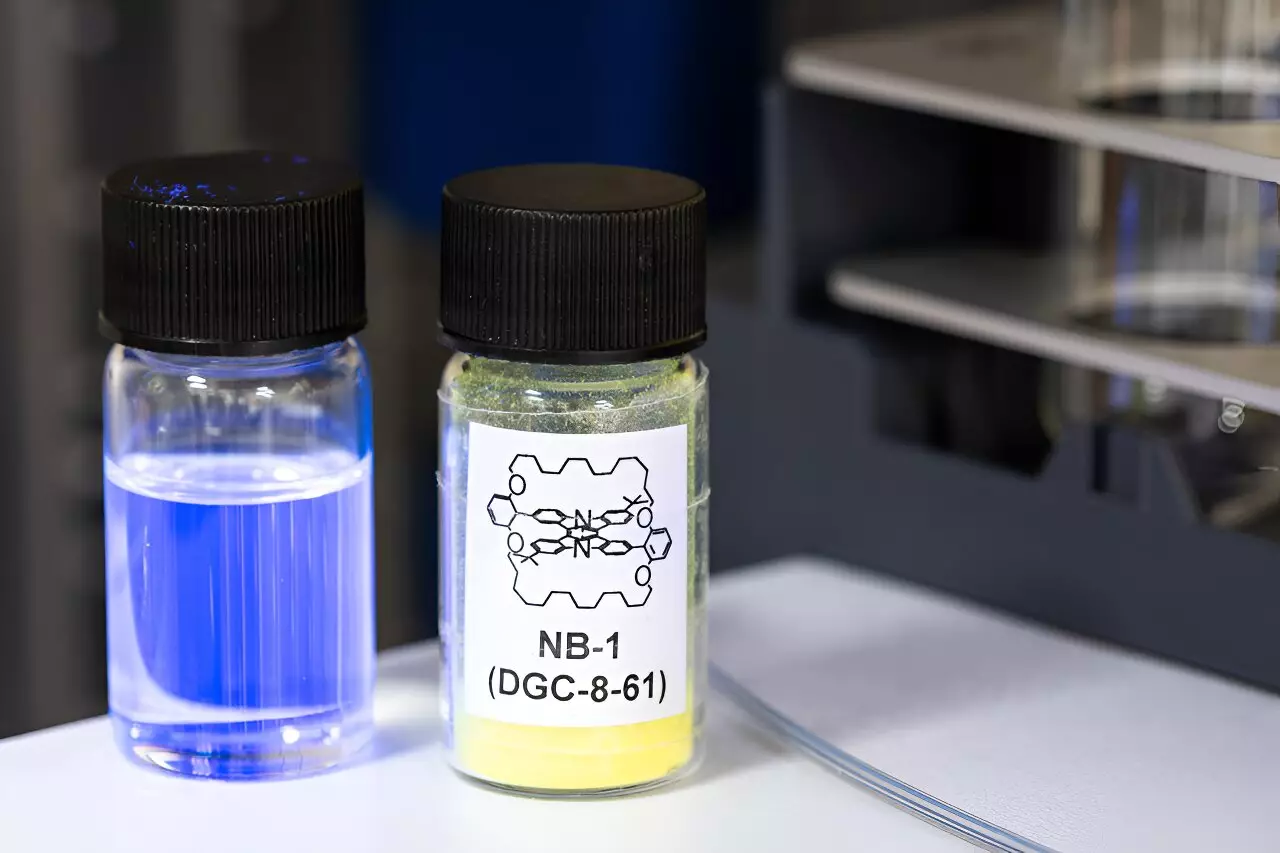In a recent study published in Nature Materials, researchers have discovered a groundbreaking new way to simplify the structure of high-efficiency blue organic light-emitting diodes (OLEDs). This new design could potentially lead to television screens with longer lifespans and higher definition quality. OLEDs are already used in smartphones and displays due to their efficiency, but they are known for their high cost and short lifespans. The current structure of OLED displays includes three different colored subpixels – red, green, and blue – that illuminate at varying intensities to generate different colors on the screen. However, the blue subpixels are the least stable and are prone to screen burn-in, which can lower viewing quality.
Understanding OLED Construction
OLEDs are constructed like a sandwich, with organic semiconductor layers sandwiched between two electrodes. In the middle of this stack lies the emissive layer, which lights up when electricity is applied. The electrical energy is absorbed by the molecules in the OLED, which then release this excess energy as light. While an ideal OLED would convert most of the electrical energy into light, sometimes this energy is misdirected, leading to degradation of the OLED structure. This is particularly problematic with blue light, as it reduces both efficiency and lifespan of the OLED screens.
Dr. Marc Etherington, an Assistant Professor at Northumbria University, led a study on the triplet energies of molecules in organic semiconductors to understand the energy transfer process better. His findings played a crucial role in the research team’s development of a new light-emitting molecule. This molecule has shields that block destructive energy pathways and regulate molecular interactions, leading to a more stable and efficient OLED design.
This new research paves the way for the development of more efficient OLEDs that could significantly reduce energy consumption of devices in the information era. As the world moves towards net-zero targets, these advancements could have a profound impact on both manufacturers and consumers. Dr. Daniel Congrave from the University of Cambridge emphasized the importance of simplifying the emissive layer of blue pixels to only two components while maintaining high efficiency. This innovation could potentially drive down costs and increase the longevity of OLED screens.
The new design for high-efficiency blue OLEDs presents a promising future for television screens. By addressing the stability and efficiency issues associated with blue light emissions, researchers have opened up the possibility for longer-lasting, higher definition displays. The implications of this research extend beyond television screens, as it could also lead to more sustainable and energy-efficient devices in the future. As technology continues to advance, innovations like these will play a vital role in shaping the devices we use every day.


Leave a Reply